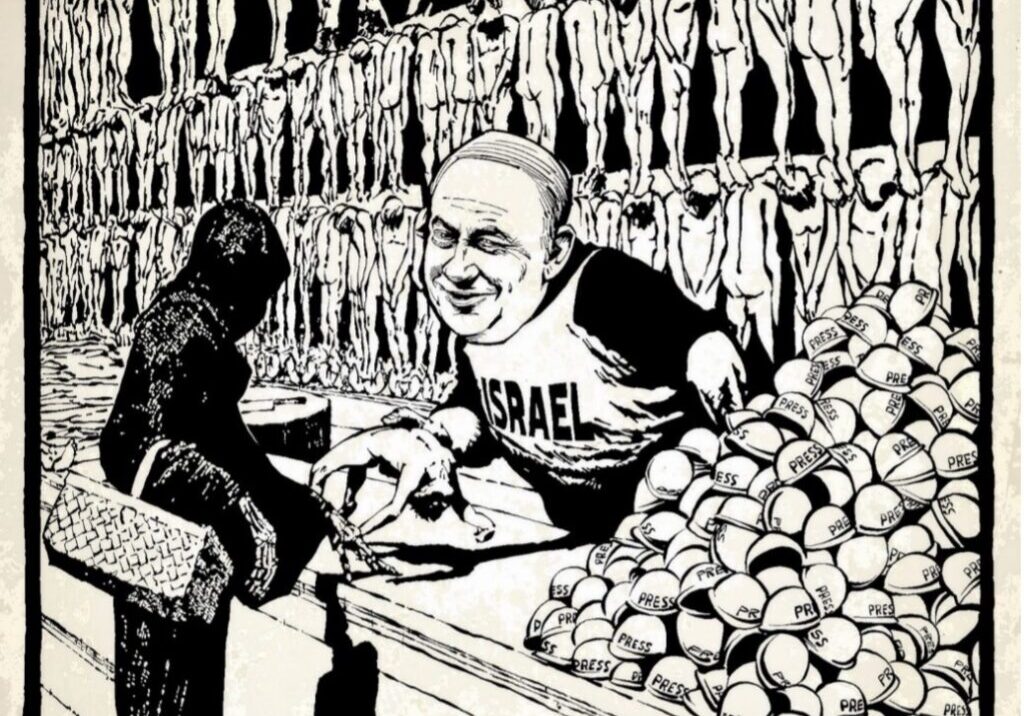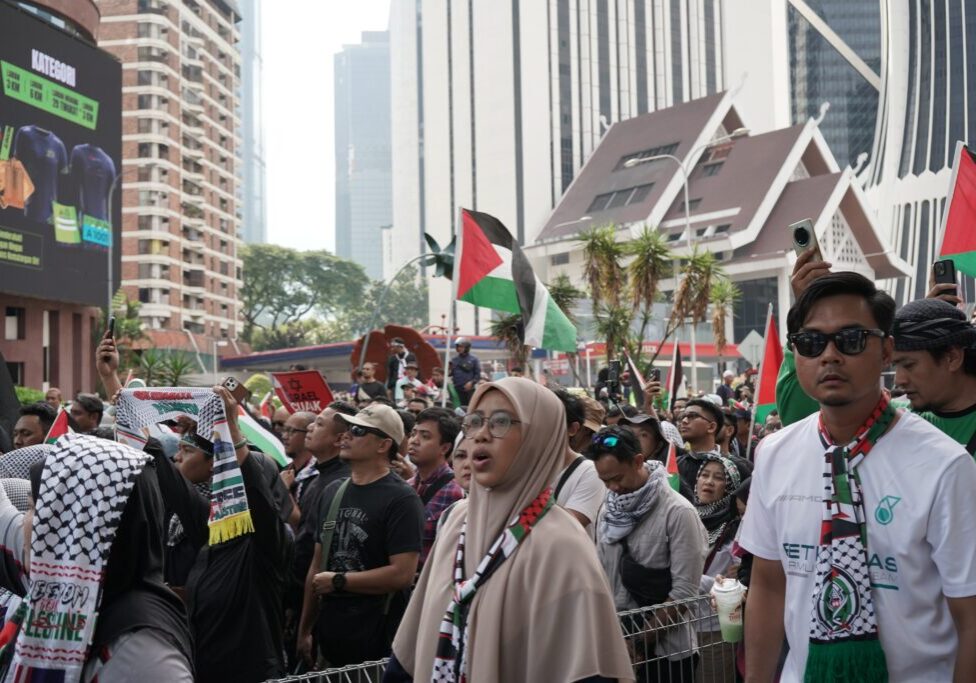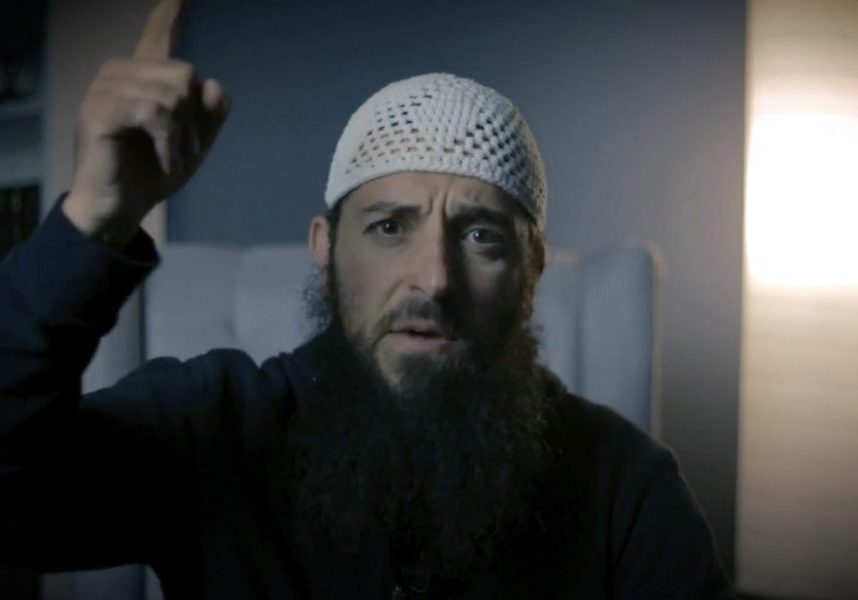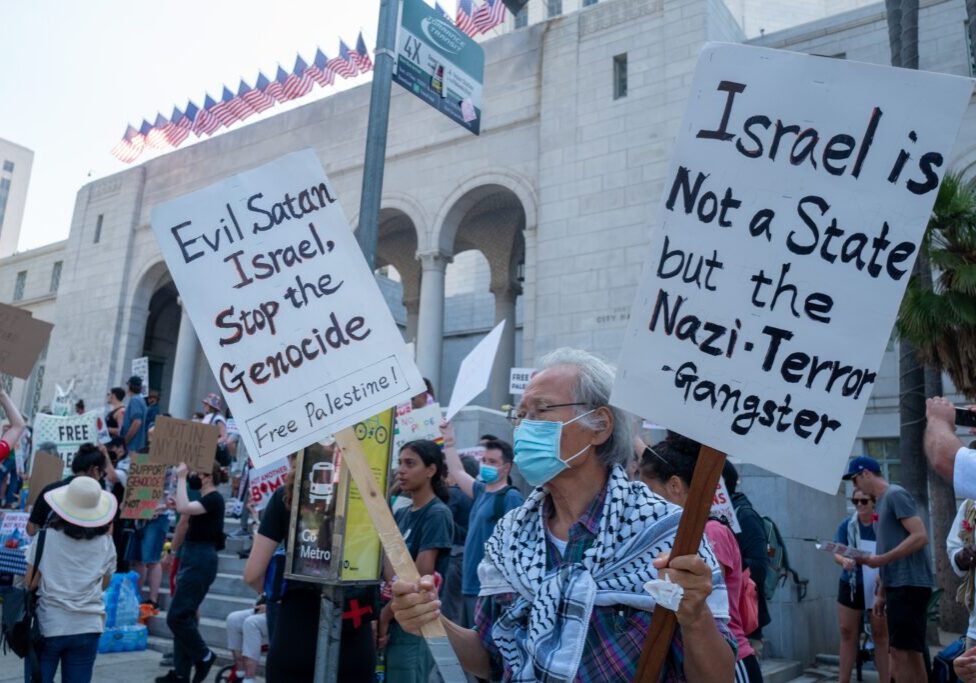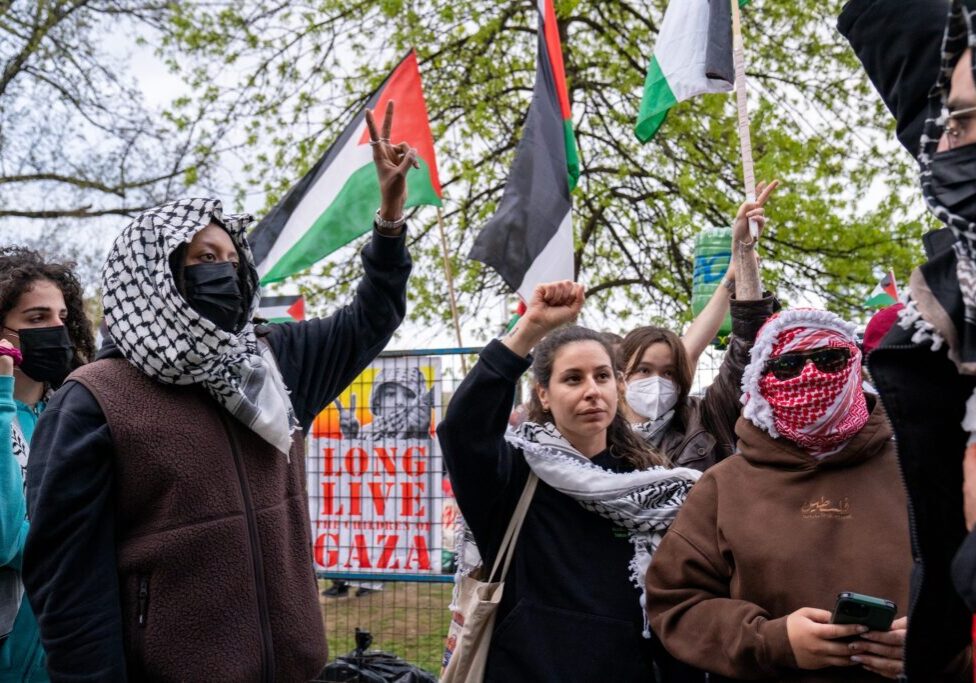Australia/Israel Review
Israel’s New Northern Exposure
Sep 24, 2014 | Andrew J. Tabler
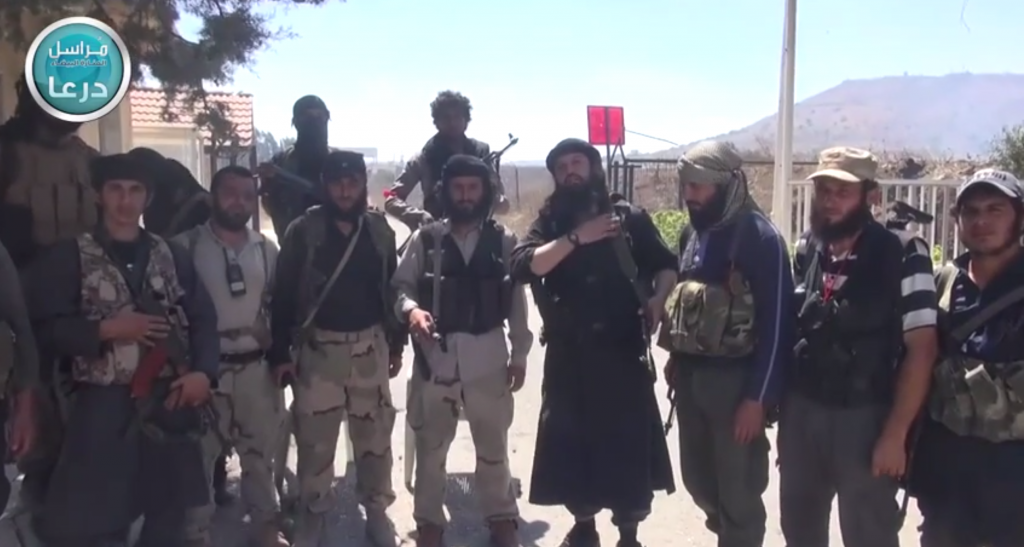
Andrew J. Tabler
While the world focuses on the Islamic State’s advances in Iraq and Syria, the Syrian war is spilling over into the Israeli-controlled Golan Heights. On Aug. 28, Syrian rebel groups, led by al-Qaeda affiliate al-Nusra Front, captured the old border city of Quneitra from the Syrian army and Iranian-backed National Defence Forces.
Al-Nusra Front took 45 Fijian UN peacekeepers hostage and then assaulted two other UN outposts – only to be repulsed after the Filipino commander ignored UN orders to surrender. The hostage situation was only resolved on Sept. 11, as all the peacekeepers were released safely after what appears to be Qatari mediation.
But though the latest crisis on the Golan frontier may be over, the larger threats facing Israel still remain. Across the border, more and more black jihadi flags are popping up, mere feet from Israel’s Star of David. Syrian President Bashar al-Assad’s forces and the Hezbollah-inspired resistance groups that continue to operate under the regime’s umbrella have also launched attacks against Israeli-controlled areas in the Golan. This chaotic situation is creating considerable unease in Jerusalem policy circles – and upending decades of Israeli strategy for dealing with Syria.
Syrian rebels, including al-Nusra Front, have been on the Golan frontier for about a year. Over the past few weeks, however, al-Nusra Front and five other Syrian opposition groups have launched an offensive in the area, pushing back the regime and upsetting the status quo along the border that has persisted for four decades.
Israeli officials say the latest offensive has introduced two new and potentially game-changing aspects into Syria’s southern front. First, the al-Nusra Front has dramatically expanded its operations from the southern Syrian city of Deraa into the areas adjacent to the Golan frontier. Theories about the jihadi group’s motivations vary: Israeli sources say the Islamic State chased the group out of eastern Syria, causing it to shift its men and firepower south to use against the Assad regime.
The offensive makes it harder for the regime to use its weapons of choice – including artillery, Scud missiles and rockets – against opposition positions without risk of hitting Israeli-controlled areas and drawing an Israel Defence Forces (IDF) response. On Aug. 27, for example, two regime mortar shells seemingly intended for rebel forces in Quneitra landed in the vineyards of the border kibbutz of Ein Zivan, drawing an Israeli counterstrike against a Syrian government command facility.
The second game-changer is UNDOF’s crumbling presence on the Golan. Hostage-taking is nothing new in the Syrian war, but al-Nusra Front’s attempt to ransom the 45 Fijian UN peacekeepers ups the ante both with Israel and the international community. Before it backed down, the group issued three demands that show how detached the jihadists are from diplomatic and military realities: It wanted al-Nusra Front’s removal from the UN terrorist list, humanitarian aid deliveries to besieged areas of Damascus, and compensation for three al-Nusra Front fighters recently killed during action against UNDOF forces.
Officials in Jerusalem say al-Nusra Front’s advance and UNDOF’s increasingly “tattered umbrella” of security are causing a tactical shift in Israeli thinking. Israel never relied on UNDOF to protect Israel from cross-border action – but its forces are a symbol of the international legitimacy of the Golan frontier. The UN peacekeepers’ reduction to three or four bases reflects the increasing instability along the border.
Another factor behind the shift has been the creation of a responsibility vacuum on the Syrian-controlled side of the Golan. In other words, there is no longer one party that Israel or the United Nations can call to resolve disputes and deter from carrying out future attacks.
Thus far, the party exploiting this vacuum has been the Assad regime and its allies. Following Assad’s announcement this year that “resistance” along the Golan frontier would continue despite the war, a number of Hezbollah-inspired groups planted improvised explosive devices along the fence marking the Syrian side of the frontier that targeted Israeli patrols on the other side of the border. Israel has defused many of these devices but cannot find them all; so far, at least two have exploded.
The biggest issue weighing on Israeli thinking on Syria is how to deter al-Nusra Front and jihadists in general. Israel’s experience with moderate forces in southern Syria – as demonstrated recently, when al-Nusra Front forced a captured Syrian rebel to divulge his Israeli contacts and meetings in a YouTube video – indicate they are qualitatively weaker than the jihadists. While online sources provide a good amount of information on jihadi leaders and their aspirations, far less is known about their military calculations. The constellation of military and Iranian-trained paramilitary groups that make up the Assad regime seem more predictable – they at least have the trappings of a state, however crippled. Or as Israeli officials always lament: “At least there’s an address.”
But while some Israelis still prefer to deal with Assad’s forces in the areas adjacent to the Golan, Teheran’s deep involvement in propping up the regime means his outright victory would hand a strategic victory to Israel’s arch-foe.
For now, Israeli officials will continue to deal with challenges from two Syrias – Assad’s rump state in the west and the varied forces, including al-Nusra Front and the Islamic State, in the chaotic “Sunnistan” in the centre – while carefully looking for opportunities with Kurdish-controlled areas in the northeast that declared their autonomy earlier this year. As one Israeli official put it: “We have to watch each area village by village and keep our expectations low.”
Andrew Tabler is a senior fellow in The Washington Institute’s Program on Arab Politics. © Washington Institute, reprinted by permission, all rights reserved.
Tags: Islamic Extremism

